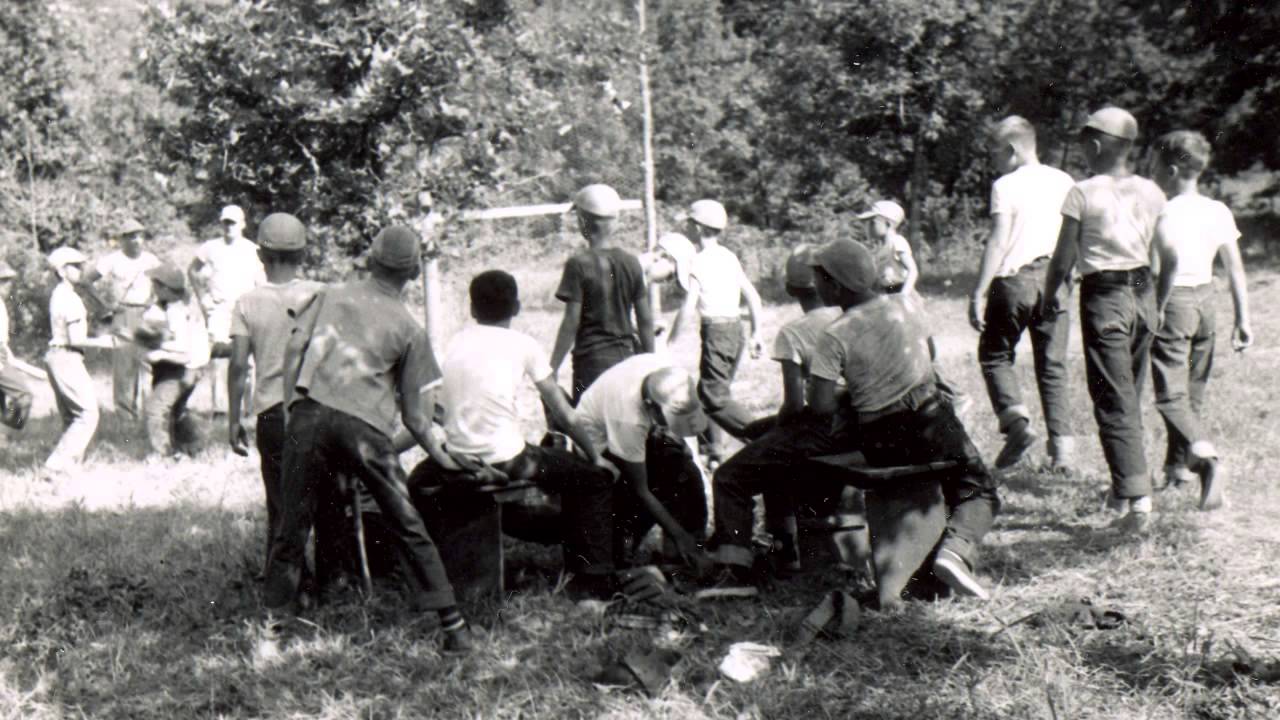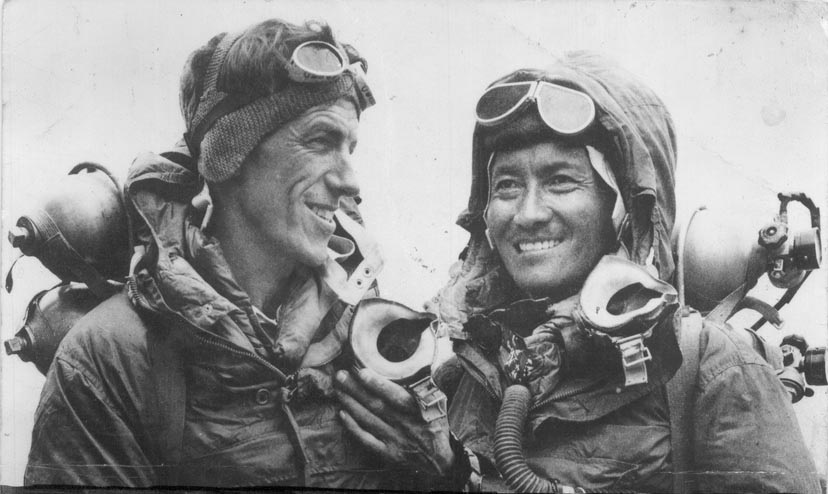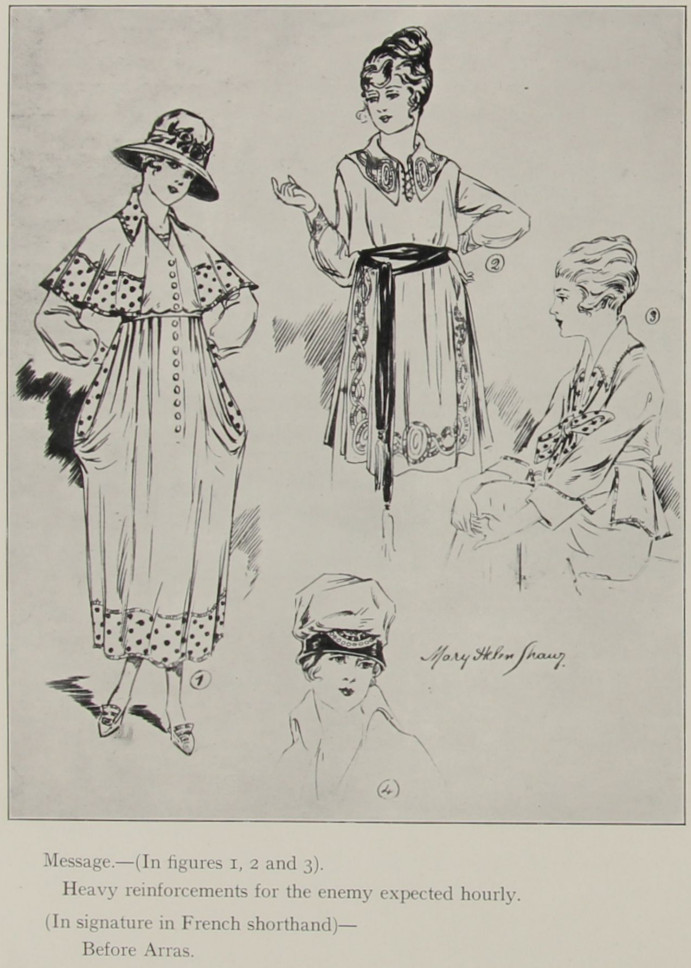
… is an 11-letter word that contains 11 curved lines and 11 straight lines.

… is an 11-letter word that contains 11 curved lines and 11 straight lines.
From Lewis Carroll’s diary, Feb. 5, 1856:
Varied the lesson at the school with a story, introducing a number of sums to be worked out. I also worked for them the puzzle of writing the answer to an addition sum, when only one of the five rows have been written: this … astonished them not a little.
He had started by writing an arbitrary number:
21879
Then he asked the students to call out a second five-digit number. Carroll added a third, the students shouted a fourth, and Carroll added a fifth and immediately wrote the sum:
21879 62593 37406 82527 + 17472 221877
How did he do this?
THREE = 03
Advance each character in that expression four steps in the alphabet or the number line and you get:
XLVII = 47
(Discovered by Dave Morice and Daniel McGrath. From “Kickshaws,” Word Ways 32:4 [November 1999], 283-293.)

In 1954 a social psychologist started a war between two teams of fifth graders at an Oklahoma summer camp. He wanted to investigate the sources of human conflict and how people might overcome them. In this week’s episode of the Futility Closet podcast we’ll review the Robbers Cave Experiment and examine its evolving reputation.
We’ll also dredge up a Dalek and puzzle over a hazardous job.

In January 1942, a series of letters to the Daily Telegraph complained that the newspaper’s crossword was too easy — anyone might solve it in a matter of minutes, they said. Accordingly the chairman of a London club offered to donate £100 to charity if anyone could solve a given crossword in 12 minutes. Editor Arthur Watson arranged a competition in the paper’s Fleet Street newsroom, and five people won the competition (though the fastest was later disqualified for misspelling a word). Several were later hired to work at Bletchley Park breaking German military codes.
The Telegraph published the “time test” puzzle later that month, and presented it again in 2014, inviting readers to try to solve it in 12 minutes. “Could you have been a codebreaker at Bletchley Park?”
Last August, researchers at Rome University produced tiny portraits of Albert Einstein and Charles Darwin by modifying E. coli cells to respond to light patterns. Bacteria that received more light would swim faster, so over time they tended to concentrate in the darker parts of a negative image.
Lead author Giacomo Frangipane said in a statement, “Much like pedestrians who slow down their walking speed when they encounter a crowd, or cars that are stuck in traffic, swimming bacteria will spend more time in slower regions than in faster ones.”
Using the same technique, they created a (tiny) version of the Mona Lisa.
Seoul’s Drawing Cafe is styled like a two-dimensional cartoon. Inspired by the Korean television show W, in which characters move between the real world and a fantasy world inside a webtoon, the café has designed its furniture, walls, floors, mugs, dishes, and cutlery to look like flat line drawings.
More on the café’s Instagram page.

The ninth British expedition to Everest brought along a journalist, James Morris of the London Times. To avoid losing a scoop to other journalists who might intercept their wire messages, Morris and the editors worked out a series of code phrases with secret meanings:
Snow conditions bad: Everest climbed
Wind still troublesome: Attempt abandoned
South Col untenable: Band
Lhotse Face impossible: Bourdillon
Ridge camp untenable: Evans
Withdrawal to West Basin: Gregory
Advanced base abandoned: Hillary
Camp 5 abandoned: Hunt
Camp 6 abandoned: Lowe
Camp 7 abandoned: Noyce
Awaiting improvement: Tenzing
Further news follows: Ward
On May 30, 1953, Morris gave a seemingly innocuous message to a Sherpa runner: Snow conditions bad stop advanced base abandoned yesterday stop awaiting improvement. On June 2, on an inside page under the headline “Everest Conquered,” the Times reported that Edmund Hillary and Tenzing Norgay had reached the summit on May 29. With that the Times won historic credit for breaking the story; it fell to the Daily Express to follow up with front-page coverage.
(From Paul Lunde, ed., The Book of Codes, 2009.)

According to a British censorship manual from World War II (PDF, page 14), this sketch, published in a wartime newspaper, contained a secret message, ostensibly hidden in Morse code in the arrangement of dots and lines on the women’s dresses. The message is “Heavy reinforcements for the enemy expected hourly,” or, in the German original, “Massive Feindverstärkungen werden stündlich erwartet.”
A second message is hidden in the signature, written in a French shorthand. In English this read “Before Arras”; in German it was probably “Vor Arras.”
Unfortunately, the manual doesn’t explain the method by which these messages were hidden, and to date no one has been able to re-establish it. Where are these messages to be found in the image? Encryption expert Klaus Schmeh writes, “So far, I could neither find the morse message nor the shorthand message. I even went to the British Archive in London to look at the original document and to take high resolution photographs. It didn’t help.”
On his blog, Schmeh presents one of these high-resolution images, as well as a second mystery from the same manual. See the comments on that post for some suggestions from his readers.
Brad Taylor offered this baseball puzzle in the October 2001 issue of MIT Technology Review:
The Red Sox beat the Orioles 9 to 4 in 17 innings. Where was the game played?